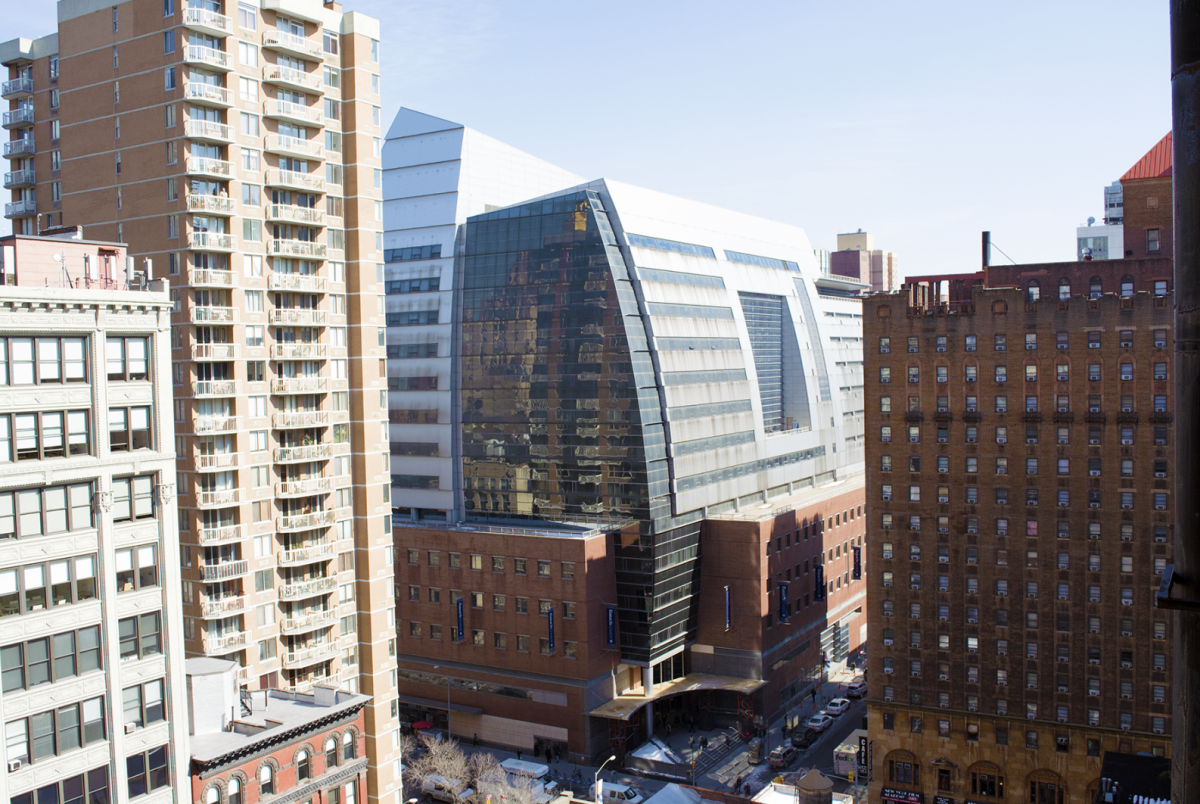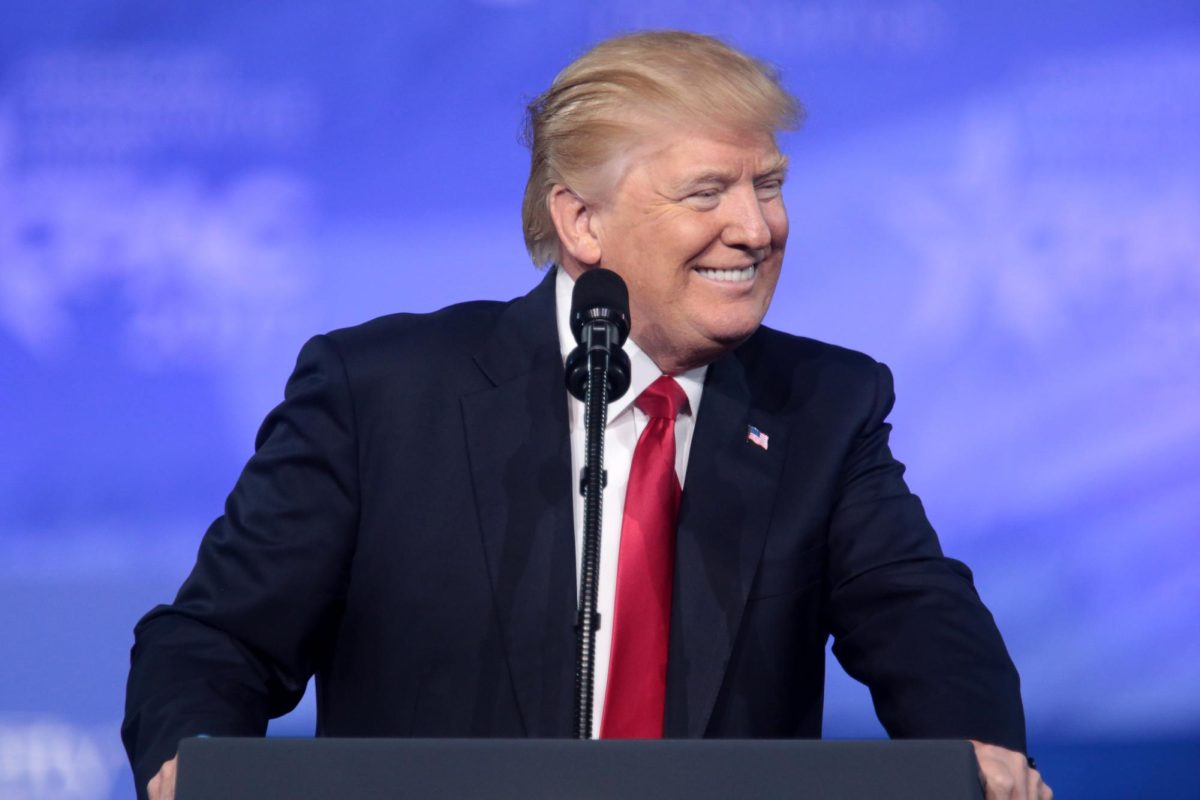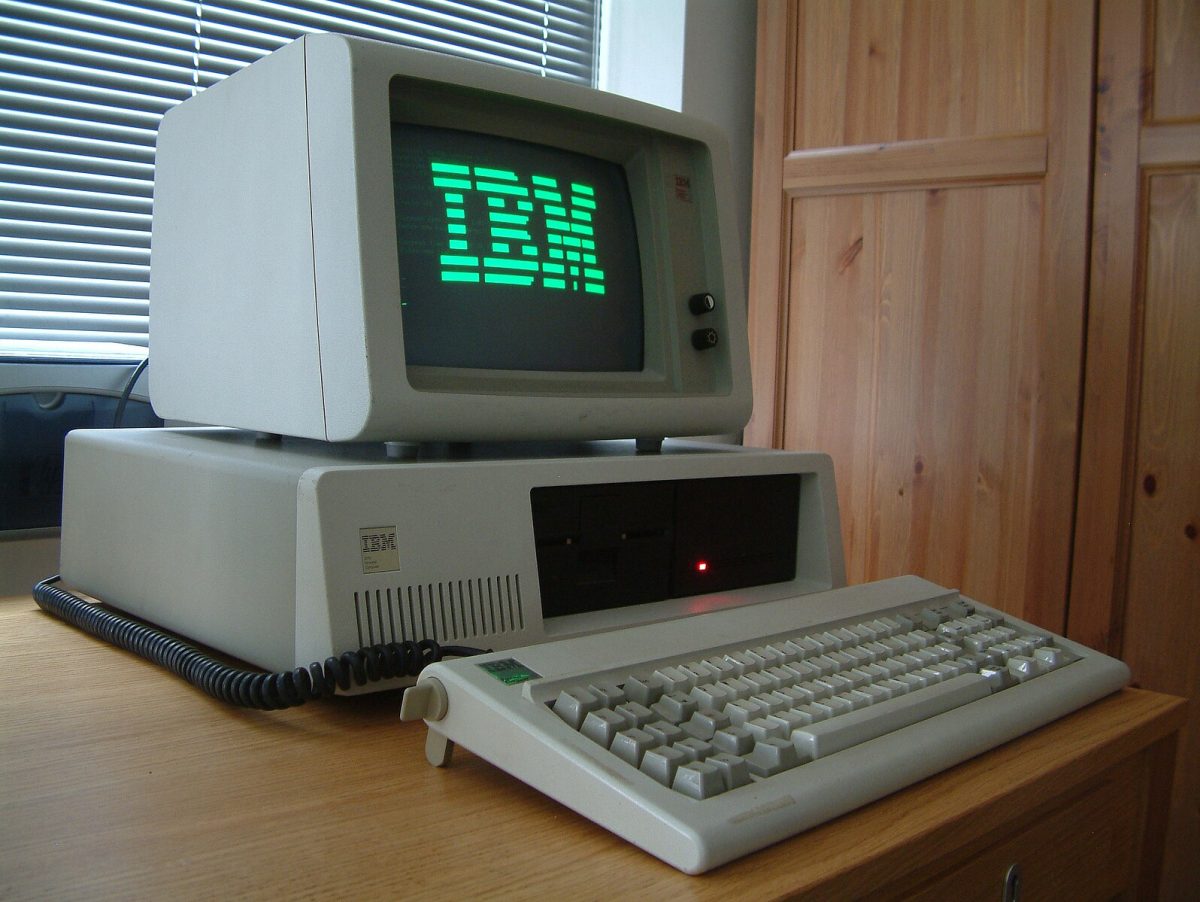The Connectivity Challenge was designed to test 5G and learn of its limitations on a smaller scale and to see how the network could possibility benefit New Yorkers.
The challenge was implemented not only for “the city’s purposes,” but also as a “model for learning and for insights” for those trying to develop new types of compatible applications, according to the connectivity challenge’s mission statement.
Aspects of 5G such as connectivity, upload and download speeds and the amount of people who can connect at a given time and place were recorded.
The island was used by the program as a test to properly understand environmental aspects involved in dealing with the technological infrastructure of an island. This can be applied to bigger islands such as New York City, Hong Kong and Singapore.
Conditions such as future sea levels were considered in trying to build a strong and reliable network that could later be trusted to hold up throughout inevitable climate and environmental changes.
Though talk of 5G has been around for some time now, a major factor that is being considered by officials in implementing it is the affordability and availability of the network to all.
5G refers to the fifth generation of networking, and it is expected to transform many industries and increase people and business’s reliance on their mobile devices.
As society’s reliance on technology continues to grow, the current networking system, 4G LTE, is not fit to meet demand.
5G, when officially implemented, is expected to transform many industries and small businesses by improving the speed and expanding the time frame at which business is conducted.
This technology was described as including “wider network coverage, more stable internet connections, and faster data transfer speeds,” in a report by CB Insights.
5G is expected to be installed in New York in 2020, and is expected to be worth $2.86 billion at the start, growing to $33.72 billion by 2026, according to a report by MarketsandMarkets cited in a Techrepublic.com article.
In the past year, both Verizon and AT&T have tested 5G services, and Verizon and Samsung both have 5G smartphones in development.
Verizon originally planned to launch its 5G network on April 11, but the company started rolling 5G coverage out early in parts of the United States.
Chicago and Minneapolis were early 5G zones. Coverage is expected to expand further later this year.







